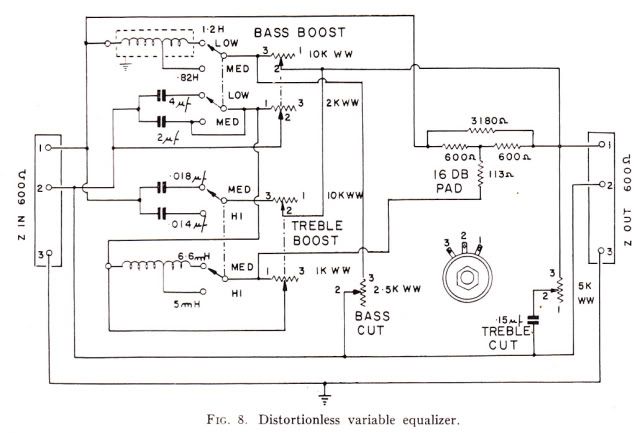dspruill
Well-known member
Hi everyone, I came upon this schematic and thought it might be fun to put together. Can anyone give me some general feedback about how effective this circuit might be as in "is it worth building?"
Please forgive my noobness, but I was intrigued because I saw this circuit used inductors, so I was curious.
Thanks
David

Please forgive my noobness, but I was intrigued because I saw this circuit used inductors, so I was curious.
Thanks
David





































